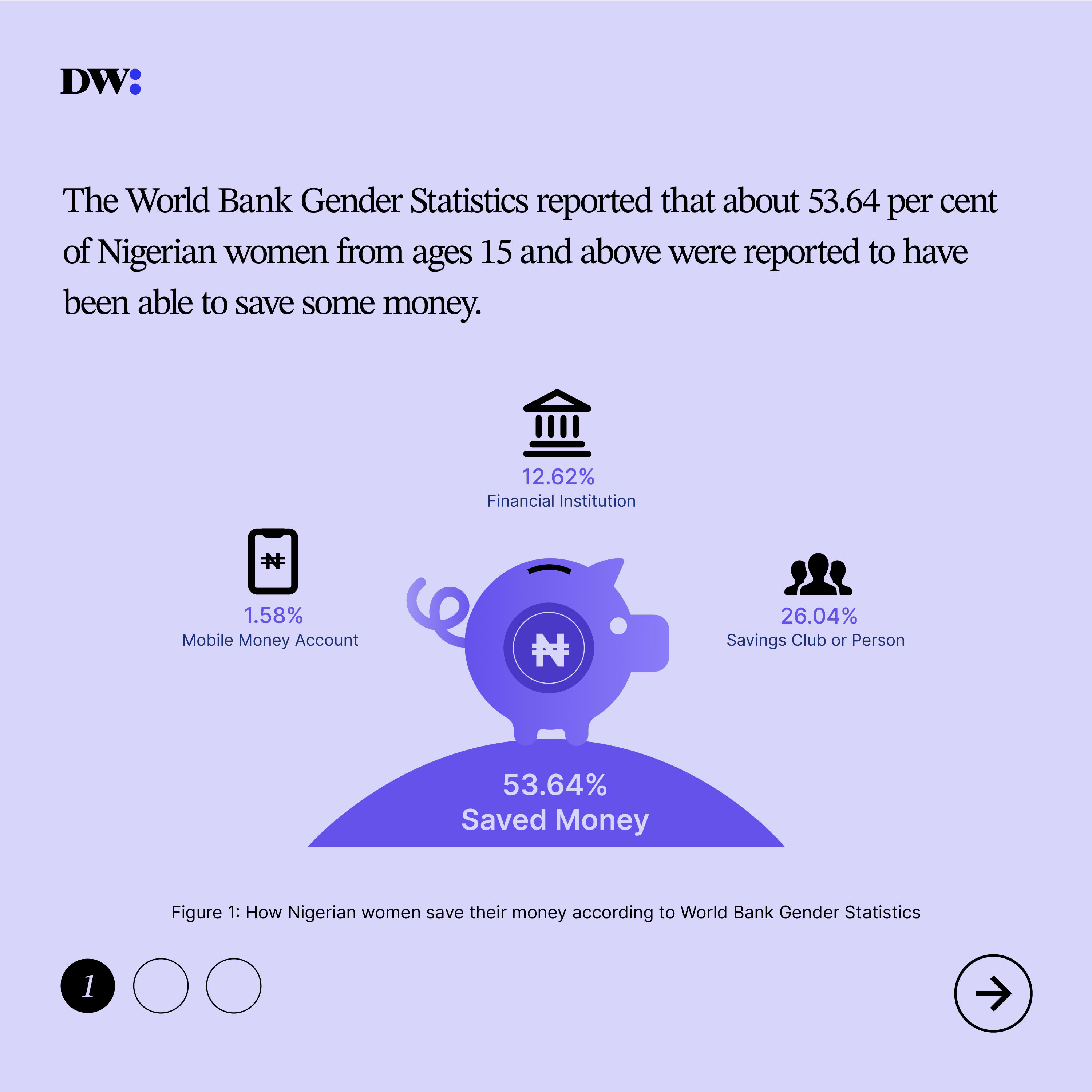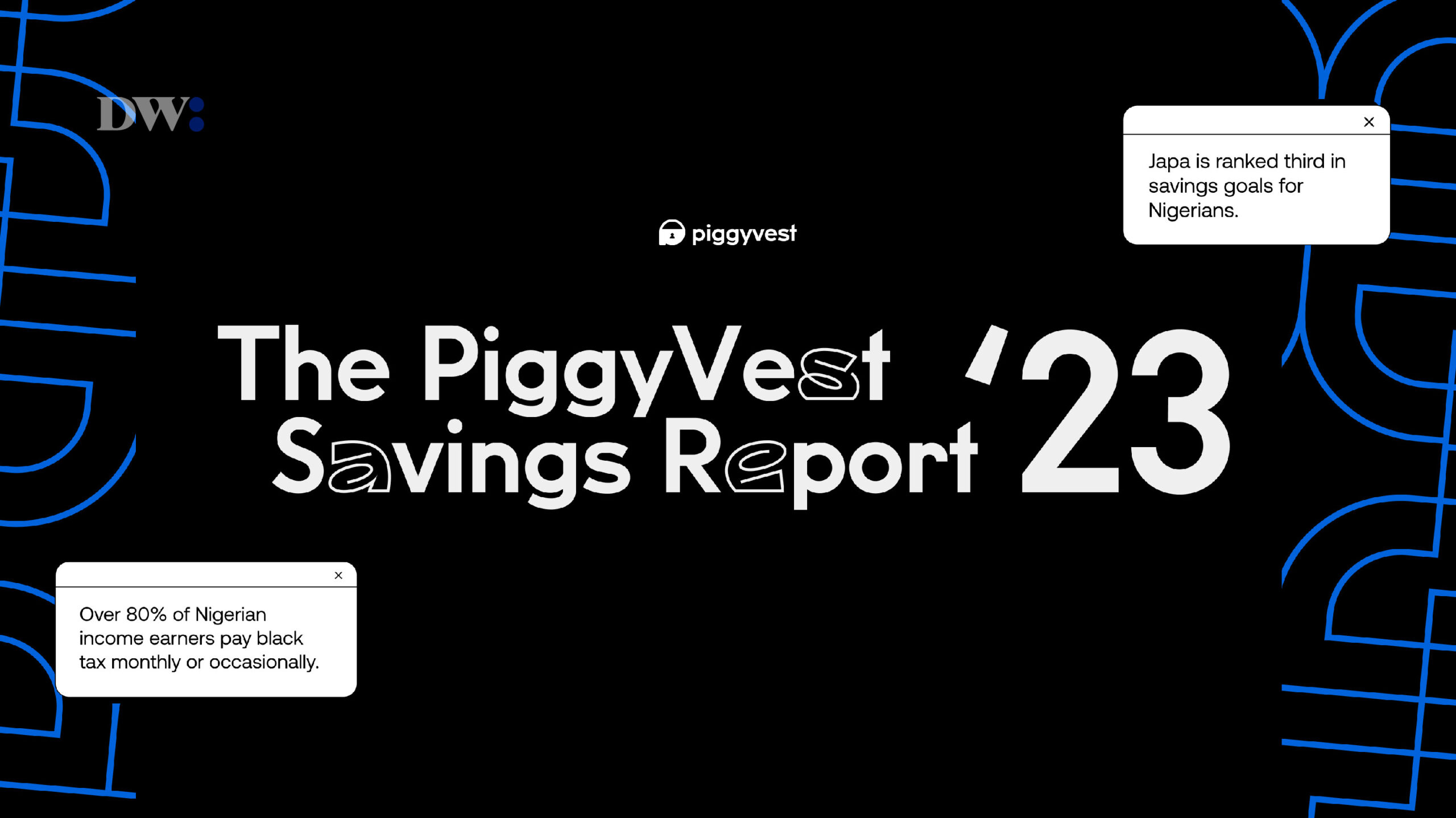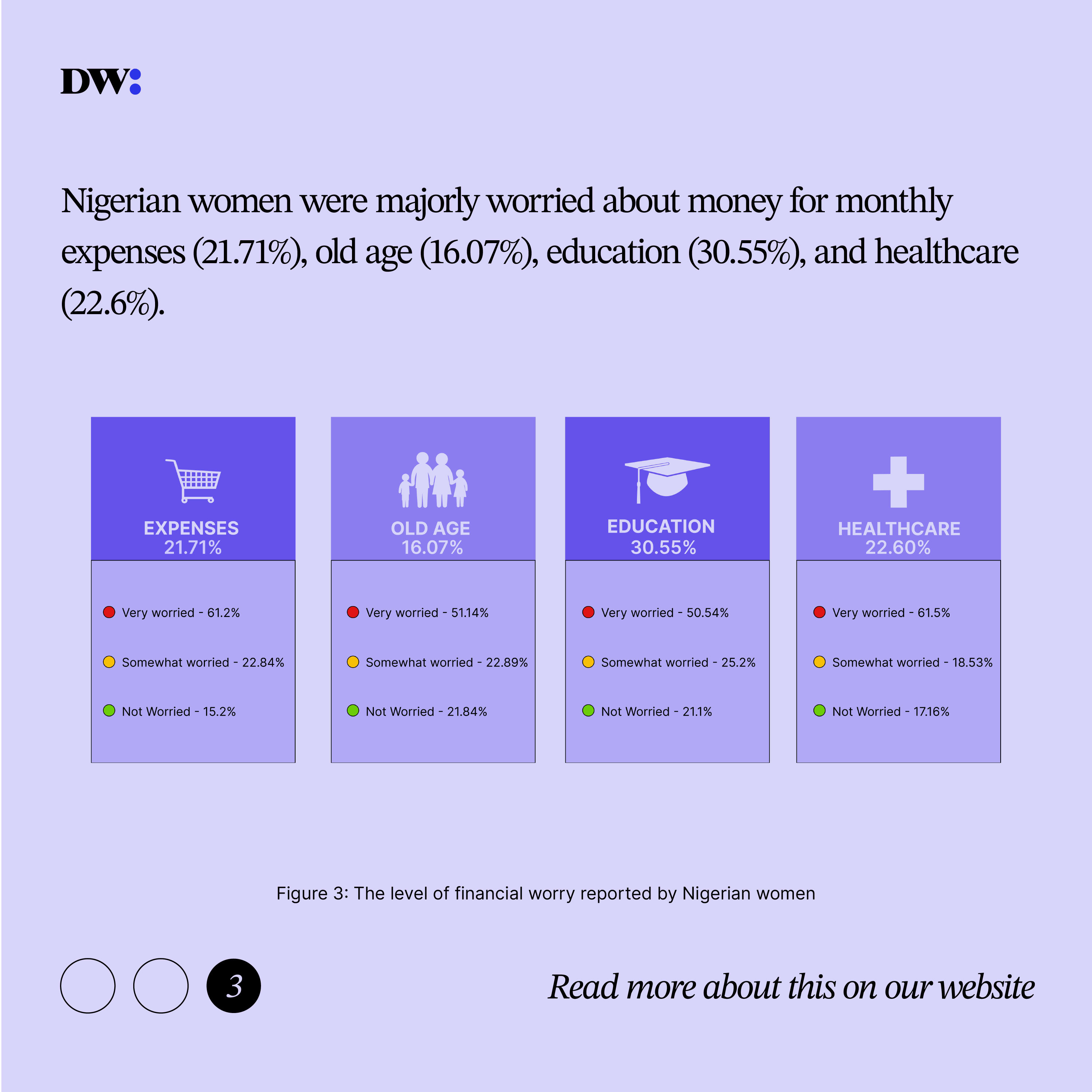The International Savings Bank Institute (ISBI) in Italy established World Savings Day on October 31, 1924, to promote financial literacy and money-saving practices among people worldwide. This holiday is currently observed in over 95 nations, encouraging people to save for their future and attain financial security.
On October 31, 2023, Piggyvest released its 2023 savings report. The goal of this annual report is to provide insights into the saving habits of Nigerians based on their gender, age and income bracket. The report notes that Nigerian women were more likely than men to consistently save a portion of their income.
In this report, with a population of 213.4 million people 49 per cent of women had one stream of income compared to 47 per cent of men while 27 per cent of women had more than one stream of income compared to 38 per cent of men. Also, 39 per cent of women had developed an emergency savings habit compared to 44 per cent of Nigerian men.

An emergency savings is money set aside expressly for unforeseen costs or financial problems. These examples include medical expenses, house repairs, auto repairs, and income loss. Using gender statistics from the World Bank, we would further explore the savings and financial statistics of Nigerian women.
About 53.64 per cent of women from ages 15 and above were reported to have been able to save some money, 12.62 per cent had saved at a financial institution, 1.58 per cent saved using a mobile money account and 26.04 per cent had saved using a savings club or a person outside the family.
The World Bank Global Findex report stated that the percentage of Nigerian women with official financial accounts in any banking institution has increased from 9 per cent to 35 per cent which is the highest in ten years. Also, 13.56 per cent of this population had saved for old age.
When reporting their borrowing habits, 51.92 per cent of ages 15 and above had borrowed money, 41.83 per cent of this population borrowed from family or friends, 6 per cent borrowed from a financial institution and 17.6 per cent borrowed for health or medical purposes.


Leave a Reply